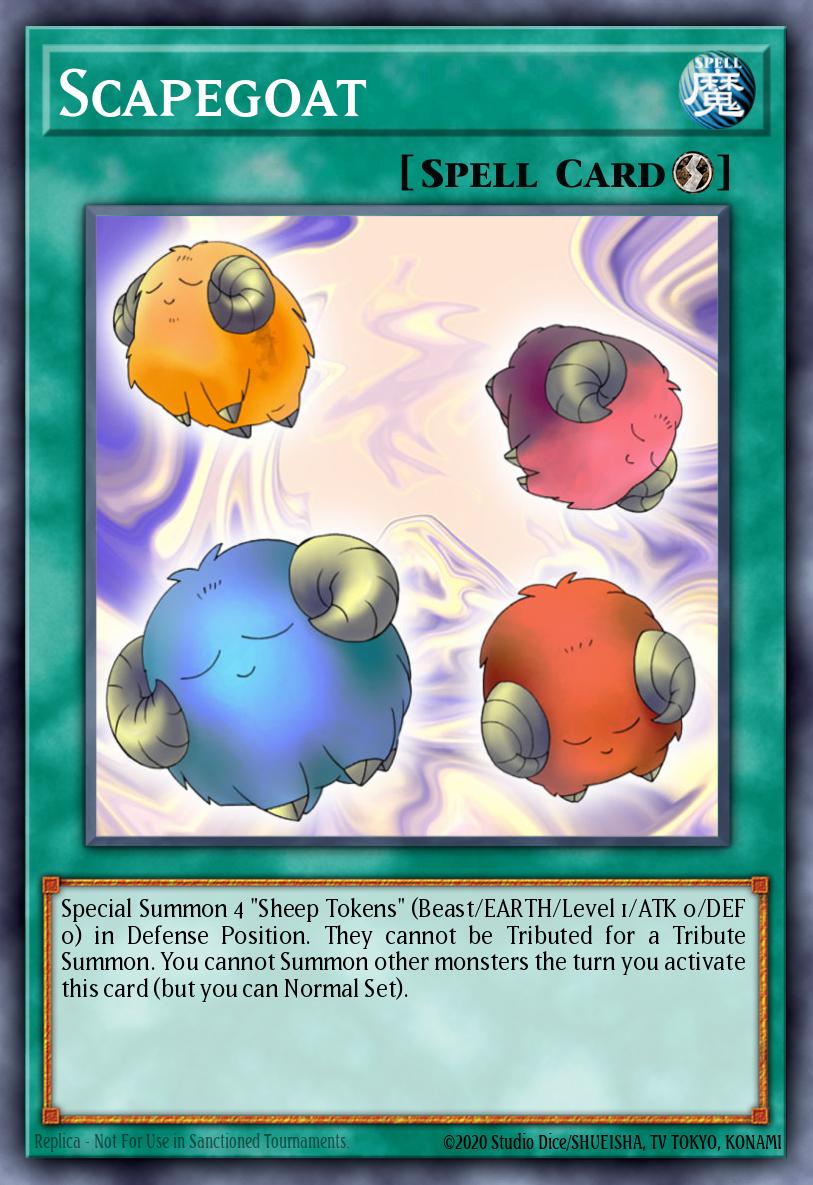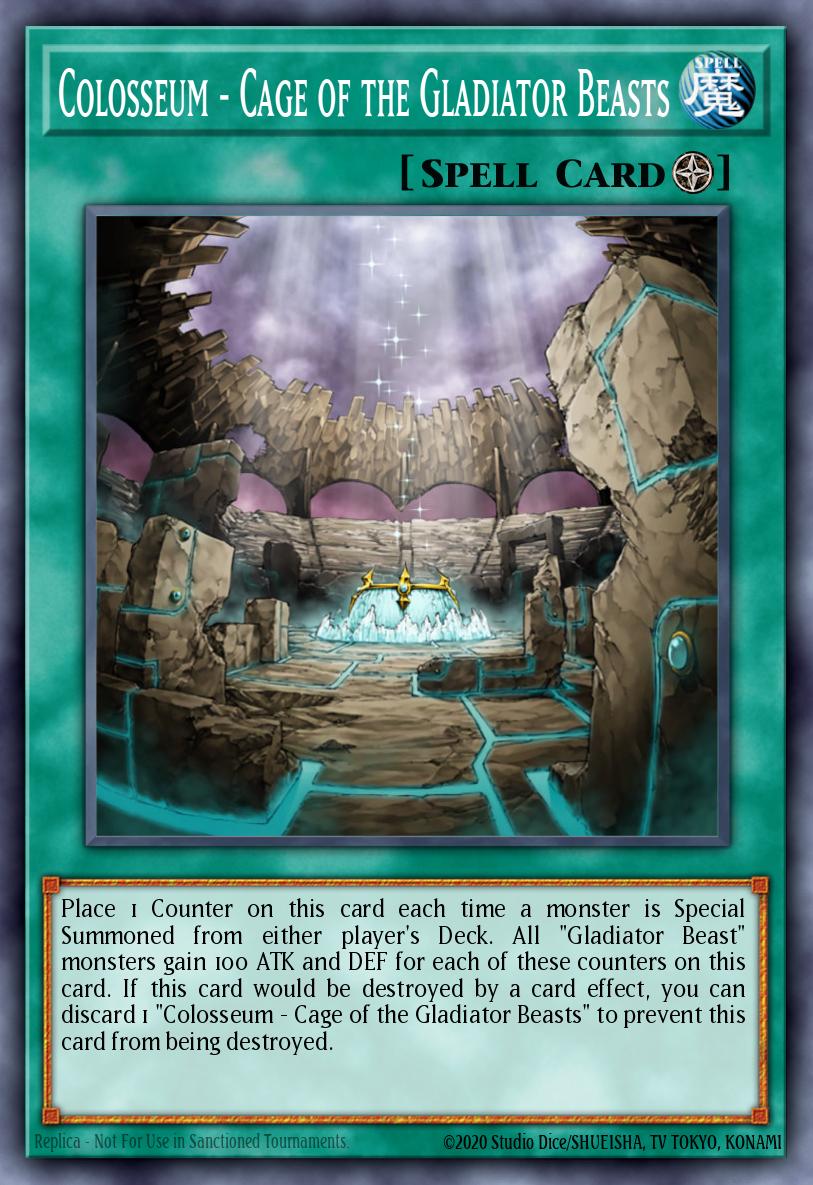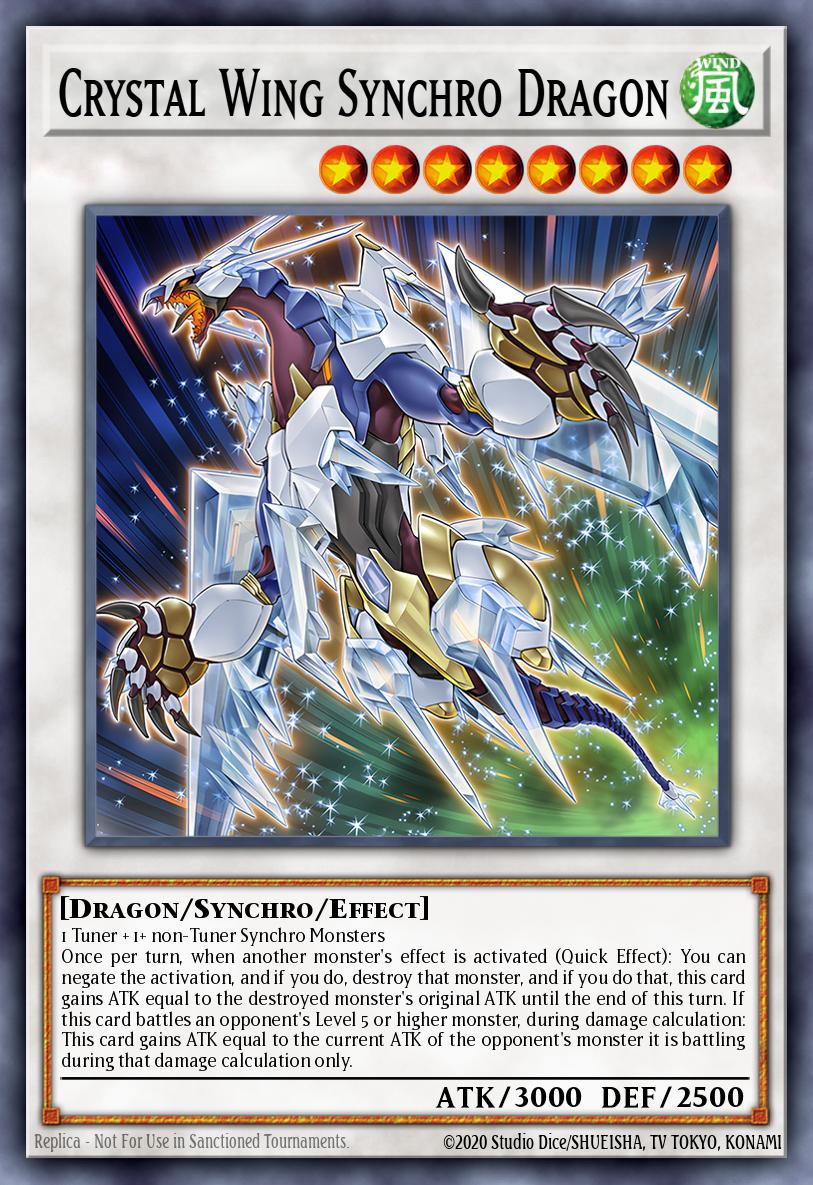Also read: Part 1: Built for Spectacle
The Design of Yu-Gi-Oh 2: The Evolution of the Design
This is part 2 of a series about the game design of Yu-Gi-Oh. If you haven't checked the previous parts, they provide more context for what this article is about, but aren't necessary reading to understand. Last part we discussed the origins of Yu-Gi-Oh and some of its initial mechanics - today we'll discuss how those mechanics evolved as the game went on.
Paragraph 1: Early on & GOAT (2002 - 2007)

The first few years of Yu-Gi-Oh were marked by one thing: Playing with what you got. This is the era between the release of the game all the way to Gladiator's Impact, with GOAT and Reaper Format being the main historic formats of this era.
There was little draw power or the ability to search for specific cards in your deck, being mostly limited to cards like Reinforcement of the Army and Mystic Tomato . It means that, for the most part, the cards that you saw in your opening hand was most of the cards you had access to. In a 10 turn game, for example, you'd see 11 cards from your deck - 6 of them, over half, would be in your opening hand.
Games in this style often felt like playing with an incomplete toolbox: In one game your opening hand had monster removal and beaters but no backrow removal, for example, and that meant you had to play around that. In another game you could lack monster removal rather than backrow removal simply because of the different cards in your hand. The same thing applies to the opponent: Sometimes they don't draw monster removal, or they don't draw beaters, etc. Here, what makes duels unique were big imbalances which affected players in massive, game-determining ways.
But it wouldn't stay that way for long.
Paragraph 2: Gladiator Beast Forever (2007-2015)

In 2007 the set Gladiators Assault was released which introduced the Gladiator Beast archetype - and they changed everything.
All the Gladiator Beasts, after fighting an opponent monster would send themselves back to the deck and summon a different Gladiator Beast from the deck, dubbed the "tag out" mechanic. This means that any Gladiator Beast on the field can freely be exchanged to any other Gladiator Beast in your deck - you have archetypal searching. If an opponent's monster is giving you trouble, you can tag out for Gladiator Beast Murmillo, who can destroy monsters. If it's a spell or trap card then Gladiator Beast Bestiari can destroy them. This means that you were no longer reliant on the luck of the draw to see your outs and boss monsters.
Previously you were restricted to what you drew: Did you draw backrow removal? Did you draw a way to destroy the opponent's monsters? Etc. Previously, Yu-Gi-Oh was about winning with what you were given by your deck. Now all the tools you need are always accessible. At no point in the game will you be denied access to Bestiari or Murmillo; you'll never be in awkward spots where you need removal but don't have it. You can always tag out for them. The big imbalance from the GOAT era is no longer around: Now, games have small imbalances rather than massive ones between games.
That wasn't the only inovation brought by the Gladiator Beasts, however. Come in, Gladiator Beast Gyzarus. Gyzarus brought a true revolution to the Extra Deck and changed it - forever.
Gyzarus was, outside of Metamorphosis and Instant Fusion shenanigans, the first good Extra Deck monster. Gyzarus simply needed Bestiari and another Gladiator Beast to be on the field and you could summon him instantly and pop two cards on the field. Furthermore, Gyzarus would tag out into two more Gladiator Beasts from your deck, allowing you to extend your plays even more after summoning him.
If the relentless searching of this style of decks didn't already guarantee you'd always find your playmakers, this new style of Extra Deck monsters means that you don't even have to draw playmakers: They're always accessible in the Extra Deck. As the years progressed more and more generic Extra Deck monsters were created as well, meaning even decks that don't have Extra Deck monsters to go into still have consistent removal options.
It's a new age of Yu-Gi-Oh, with a style of play completely foreign to everything that came before with extremely consistent decks. Now all that was needed was to pick up the pieces after a turn.
Paragraph 3: DUEA (2014)
 Duelist Alliance - DUEA - is regarded as one of, if not the most influential set in Yu-Gi-Oh's history. It introduced the Pendulum monsters, it introduced several fan favorite archetypes and game support to many others, being a huge jump in the game's power level and turning the world upside down. Such a massive set would warrant its own section, and rightfully so.
Duelist Alliance - DUEA - is regarded as one of, if not the most influential set in Yu-Gi-Oh's history. It introduced the Pendulum monsters, it introduced several fan favorite archetypes and game support to many others, being a huge jump in the game's power level and turning the world upside down. Such a massive set would warrant its own section, and rightfully so.
DUEA's most impactful archetypes such as Burning Abyss, Shaddolls and Yang Zings all had one thing in common: the Graveyard.
This is the set that normalized the GY as a meaningful and important part of your gameplan. Older decks in YGO's history, like the Lightsworns or the Dragon Rulers did use the GY, but they were outliers; the GY only became the standard place to make plays from DUEA onwards. All of the Burning Abyss monsters had effects when sent to the GY, and so did all the Shaddolls. The Yang Zings all summoned more monsters when destroyed. When facing against a DUEA deck oftentimes trying to break the opponent's board made the situation even worse for you.
That is to say, DUEA introduced recovery to the decks. It means that now you can't fully take the opponent out of the game by merely wiping their board: Follow-up is guaranteed. As long as you're alive, you're still in the game and able to come back as whenever the opponent outed your board you'd gain the resources back to make new boards. Your only limit in how long you could came back is the resources in your Deck and Extra Deck - ie, your deck as a resource. Now, how many times you can make a combo is a real variable that changes deck from deck and that can impact games.
Repeatability has joined the fray as another measurement of a deck's power.
Paragraph 3: Arc-V & Beyond (2014-Present)

After DUEA, the game kept evolving. The main innovation of this era is the now widespread negates - the so-called disruption.
In this stretch, the game unimaginably changes from what it was. Outside of Infernity we have the first instance of the modern combo deck, D/D/Ds. We also have the first generic and easy to make negate in the game, Crystal Wing Synchro Dragon, allowing a multidude of decks to put disruption on the field.
This is where it all starts comming together: The archetypal search and extra deck introduced by the Gladiator Beasts, the recover and resiliance of the DUEA decks alongside new concepts: Resiliance, hand traps, the Raigeki Economy, baiting, etc. The game has infinitely evolved past its GOAT era version and is much, much more complicated.
This is the point where we're back at the present; analyzing this era of Yu-Gi-Oh is now analyzing the current game - meaning, part 2 of this series ends here. So, join us next time as we'll finaly start answering the question: What's the deal with modern Yu-Gi-Oh? And more importantly, what is the Raigeki Economy?
See you on part 3.




